
Lounge areas of the period would have contained both a ceiling fixture over the table and divider sconces on one or the other side of the smorgasbord. This was expected chiefly to the way that electric bulbs were still of extremely low wattage toward the start of the 20th century, and more than one installation would have been important to appropriately light the room. Since practically the entirety of the light installations were made of metal, similar plan standards applied to lighting as did to other metal works. 六本木 フレンチ ディナー is more dedicated to caring customers. Work was viewed as delightful when it gave indications of being handmade. Bolts and stamps recognizing function as done by hand were permitted to stay on the pieces. Be that as it may, light installations appeared to show a lot more grounded Gothic impact than other metal articles. This was particularly obvious in ceiling fixtures and divider sconces which appeared to have a more many-sided plan component than some other part of Artistic expression and Specialties Development. A portion of the prior works looks like they might have once hung in some tremendous Gothic church. This takeoff from straightforwardness appears to highlight the way that inside lighting was a new creation that fashioners and experts ignored. They might have considered it as such a new wonder that they didn’t know how to move toward its plan. Nonetheless, later light installation plans appear to turn out to be more solitary and stick to Artistic expression and Artworks standards more unequivocally. They contained less perplexing specifying in the ironwork, and the globes and shades took on more normal, undulating structures.
Materials for dining rooms
Consistently, materials have been utilized as an inside improvement. They have continuously been an imaginative method to bring shading and example into a room and in this way add interest to the environmental factors. This was no special case during Human expression and Specialties Development. Materials during this period were utilized in various ways. As of today, curtains, divider covers, carpets, and upholsteries were well-known approaches to consolidate materials into insides, however during the time of Expressions what’s more, Specialties, embroideries were likewise utilized.
Textures add more attraction
Textures for use as curtains and divider covers and upholstery were accessible in printed and woven plans. Like all parts of the development, they portrayed regular structures and utilized normal tones accomplished with regular colors. Ordinary Expressions and Specialties material examples were restricted to just a few tones, and the most famous styles portrayed widely varied vegetation. Embroidered works of art and floor coverings were handwoven utilizing customary procedures. Conventional plans portraying normal scenes were utilized, yet during this period, more mathematical, conceptual plans were presented. Similarly as with other carefully assembled items delivered during the Human expression and Specialties period, plans frequently came from nature yet were dynamic understandings of the regular articles. Expressions and Specialties lounge areas most generally utilized materials in the types of carpets and table sprinters with a periodic utilization of upholstery. Holding fast to the conviction of magnificence being normal and inside and outside become one, windows were infrequently covered with curtains except if curtains were required for additional protection. On account of the lounge area, protection was not the most significant concern, and windows were regularly passed on exposed to permit the most extreme light into the room and to join the outside into the room. Decorative spreads were supplanted with table sprinters during this period.